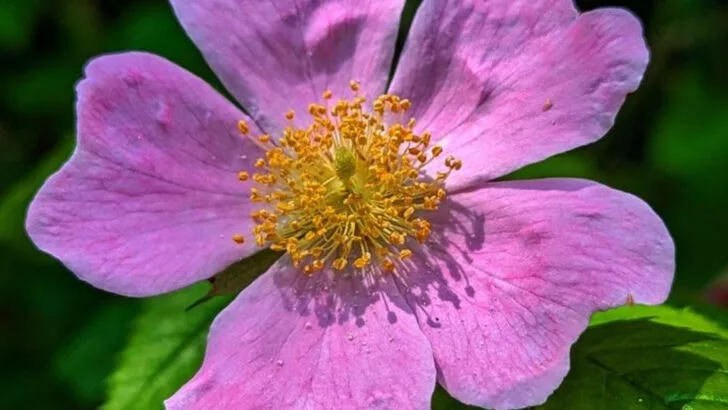You don’t need a trip to the garden center—or a big budget—to grow something beautiful, hardy, and surprisingly useful. In fact, some of the most impressive, low-maintenance, and resilient plants are already growing wild just outside your door. These plants didn’t get a fancy label or a plastic pot, but they’ve got something better: adaptability, natural beauty, and built-in survival skills.
Whether you want pollinator-friendly blooms, herbal remedies, or just something that won’t die the moment you look away, these wild finds often outperform store-bought varieties—and cost exactly $0. The best part? Many of them are native, drought-tolerant, and unbothered by pests, which means less effort and more reward.
Here are 18 wild plants that are not only garden-worthy—they’re better than anything you’ll find at the store. Just don’t be surprised if your neighbors ask where you bought them.
Yarrow
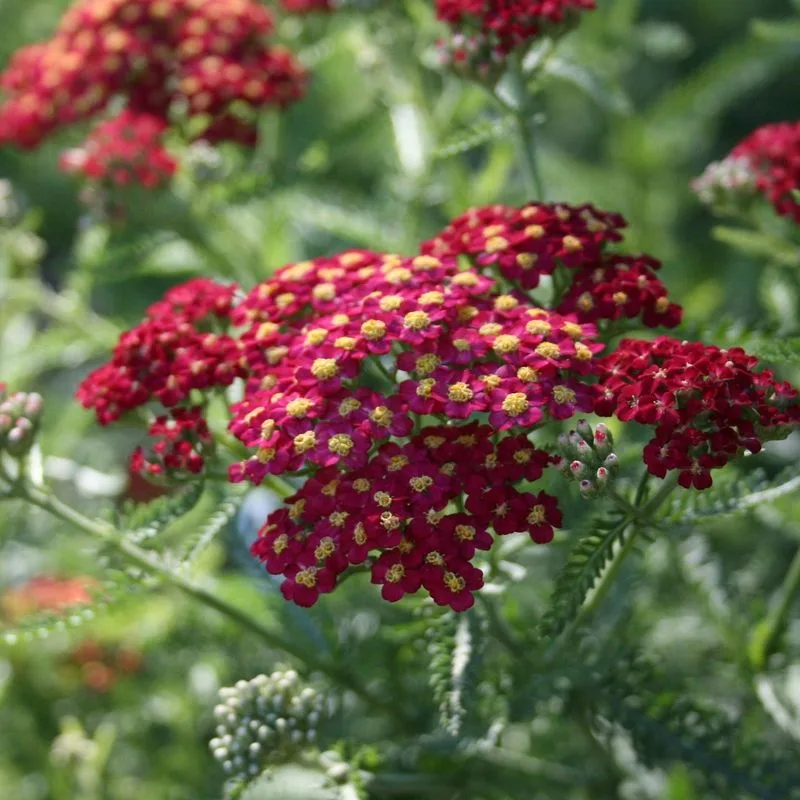
Known for its healing properties, yarrow graces fields with its delicate, daisy-like flowers. This plant has been used in traditional medicine for centuries, valued for its ability to staunch wounds and reduce inflammation. Its feathery leaves and clusters of tiny blooms attract beneficial insects like ladybugs, making it a fine addition to any garden.
Dandelion
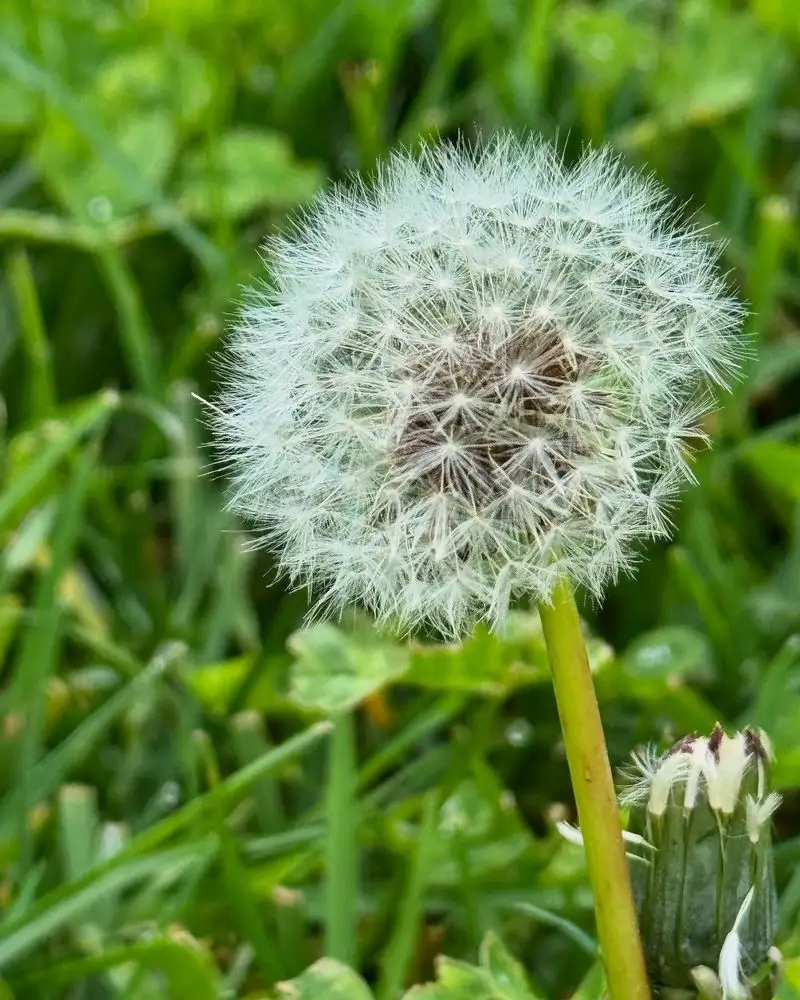
Often dismissed as a mere weed, dandelions are powerhouses of nutrients and environmental benefits. The bright yellow flowers support a range of pollinators, while the leaves and roots offer medicinal uses. Dandelions are incredibly resilient, thriving in various climates and soils, and their ability to break through hard ground demonstrates their strength and adaptability.
Elderberry
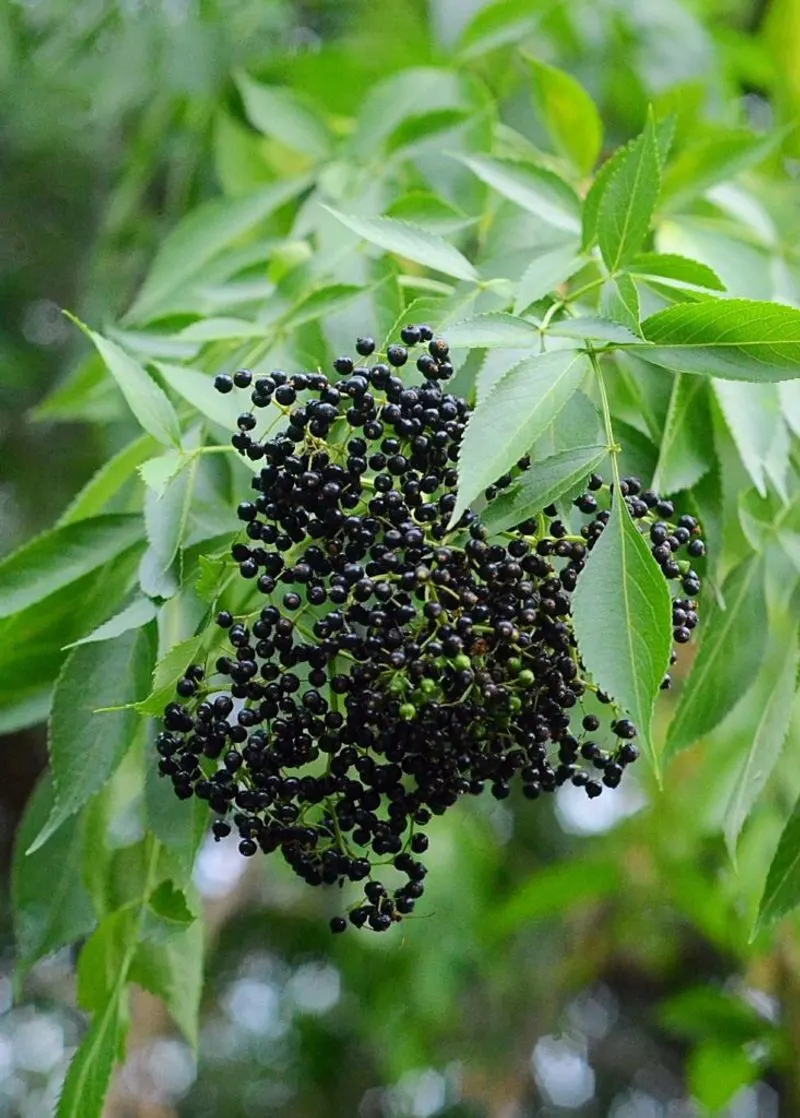
Elderberry bushes are celebrated for their immune-boosting berries, often used in syrups and teas. The clusters of tiny white flowers transform into rich, dark berries that are a favorite among birds. Elderberry plants grow well in the wild, contributing to the biodiversity of their environment and offering a stunning display in late summer.
Chicory
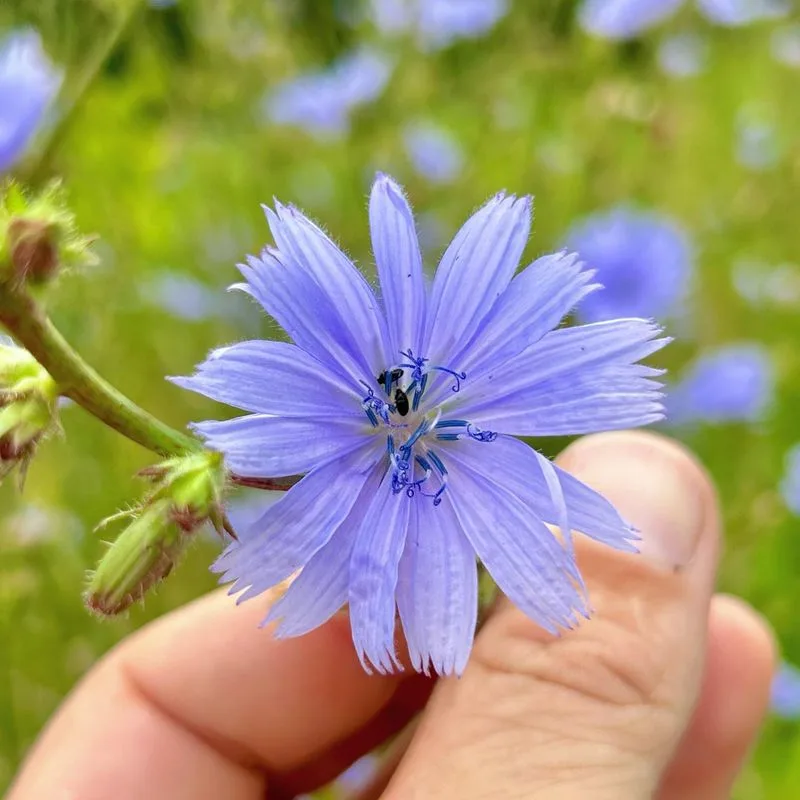
Chicory is not just a coffee substitute; its stunning blue flowers are known to brighten roadsides. This tenacious plant offers edible roots and leaves, with a history rooted in culinary and medicinal traditions. Chicory’s vibrant flowers provide a splash of color, attracting bees and other pollinators to its resilient form.
Milkweed
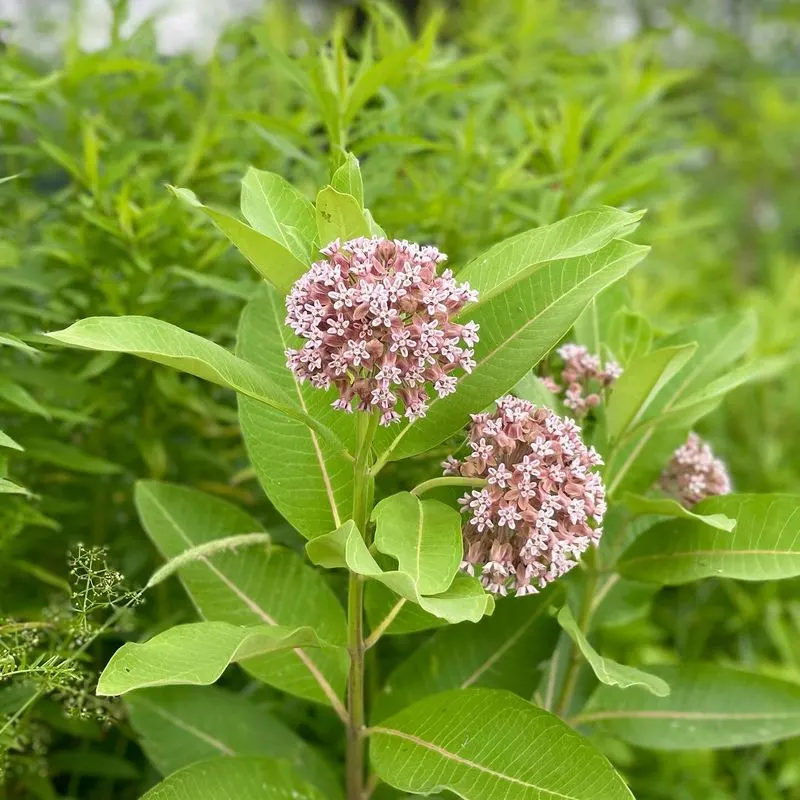
Milkweed is famous for its role in the lifecycle of the monarch butterfly, providing essential nourishment to caterpillars. Its fragrant clusters of pink and orange flowers not only add visual interest but also serve as a vital food source for pollinators. Milkweed’s robust nature ensures it thrives in open fields and gardens alike.
Red Clover
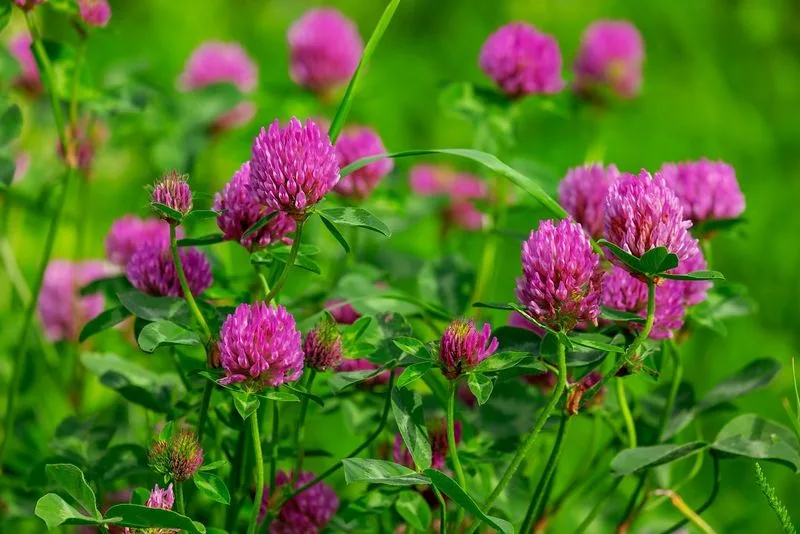
Red clover is not just a lucky charm; its nutrient-rich blossoms are a favorite of bees and other pollinators. This plant enriches the soil by fixing nitrogen and adds a splash of color with its vibrant pink-red flowers. Red clover’s adaptability allows it to flourish in various environments, providing ecological benefits and beauty.
Queen Anne’s Lace
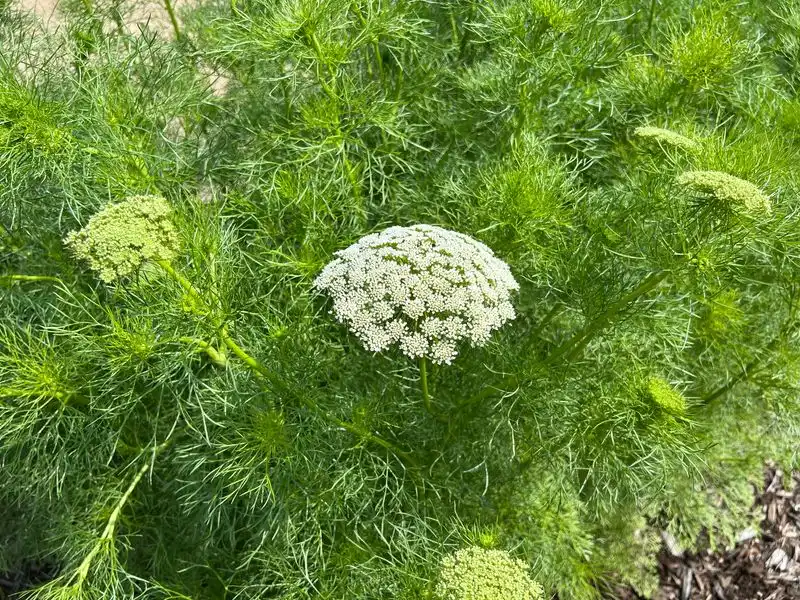
Often mistaken for a wild carrot, Queen Anne’s Lace boasts delicate, lace-like flowers that captivate the eye. Its white blooms offer habitat for beneficial insects, supporting garden health. This hardy plant thrives in open fields, showcasing its intricate beauty while contributing to the ecosystem with its nutrient-rich roots.
Stinging Nettle
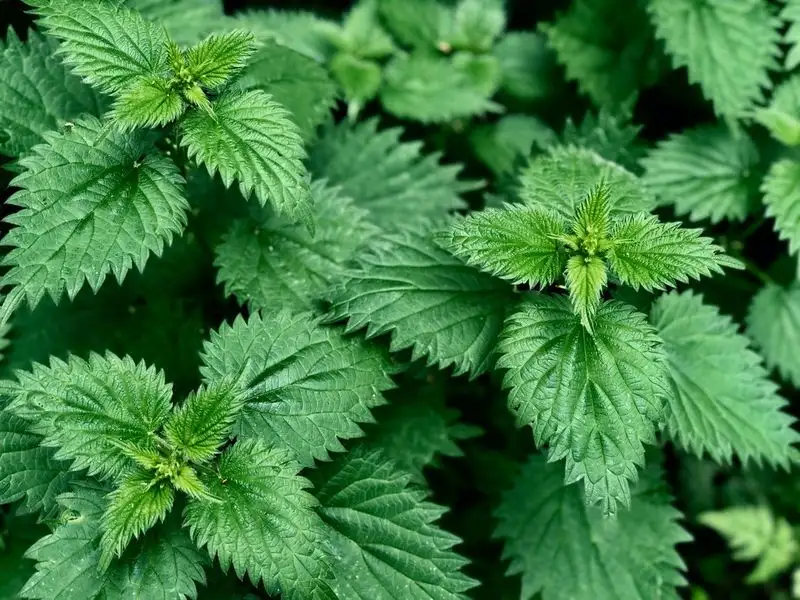
Misunderstood due to its sting, stinging nettle is a treasure trove of nutrients and medicinal uses. Its leaves, rich in iron and vitamins, are utilized in teas and soups. This versatile plant supports wildlife, offering habitat and food. In the wild, nettles enhance biodiversity, proving their worth beyond their prickly reputation.
Wild Garlic
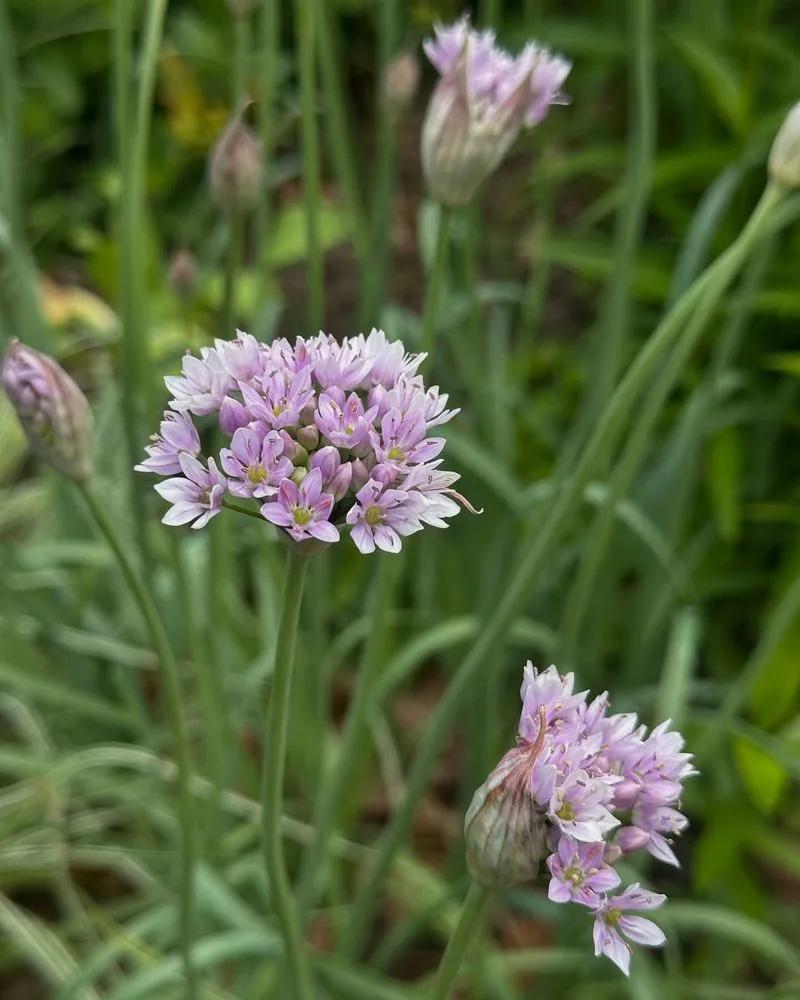
Wild garlic, or ramsons, fills the air with a garlicky aroma in spring. Its starry white flowers and lush green leaves are both edible and deliciously fragrant. This plant spreads easily, creating a natural carpet under trees. Its culinary and medicinal uses make it a prized wild find, enhancing dishes and supporting health.
Fireweed
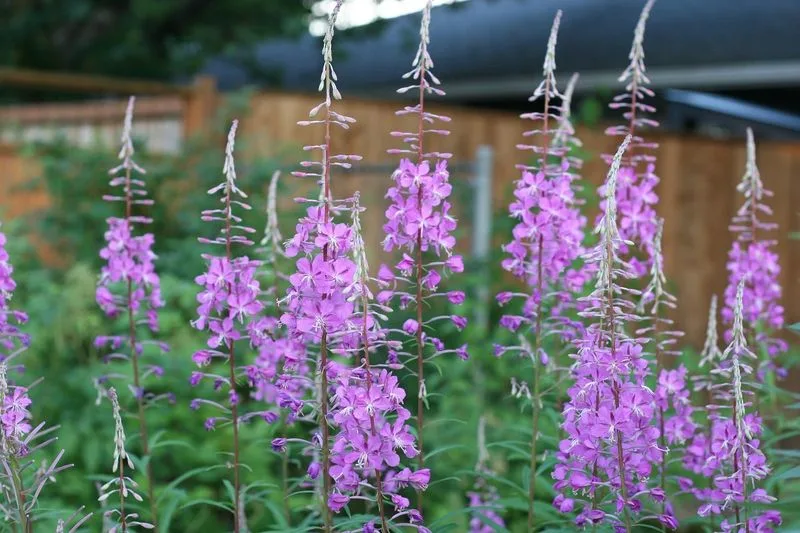
Fireweed lights up landscapes with its tall, pink flower spikes. Renowned for its ability to thrive in disturbed areas, it often colonizes post-fire landscapes, aiding recovery. Besides its beauty, fireweed offers edible young shoots and leaves. This resilient plant supports pollinators, adding vibrant hues to environments rebuilding from disturbance.
Burdock
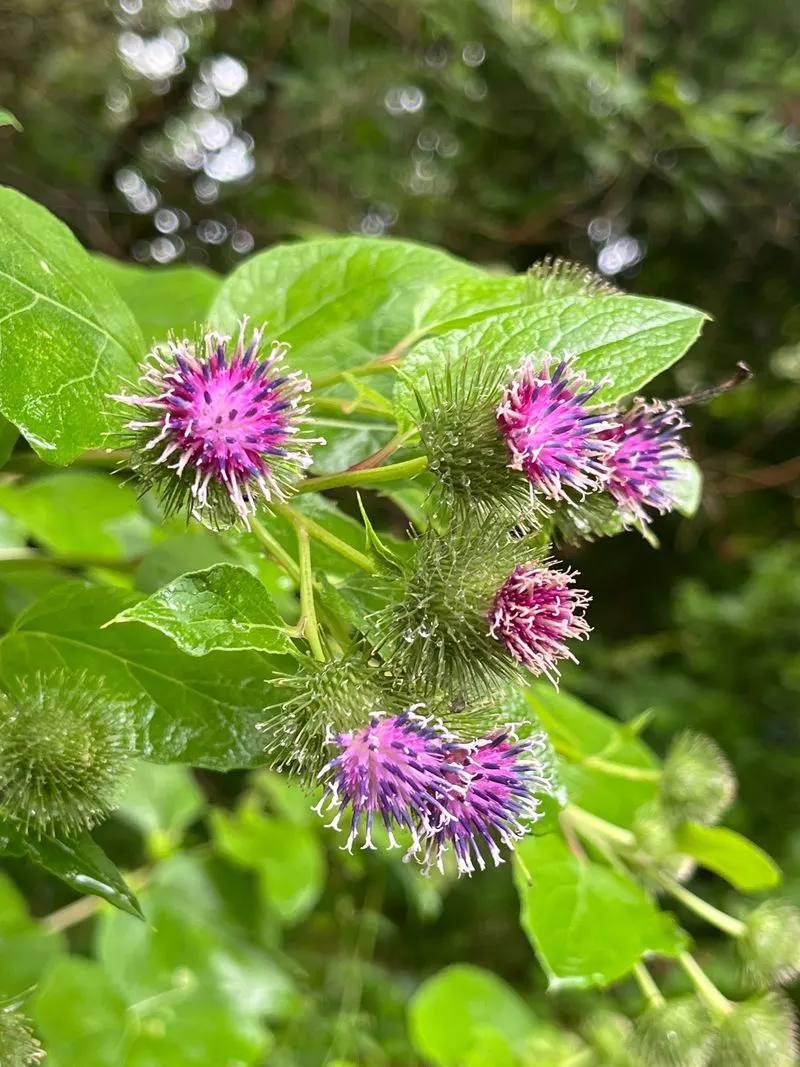
Burdock’s sticky burrs are famous for inspiring Velcro, but its roots and leaves have long been valued in herbal medicine. Its large leaves provide ground cover, while its flowers attract pollinators. In the wild, burdock contributes to ecological balance, proving that even the prickliest plants have their place in nature’s tapestry.
Wood Sorrel
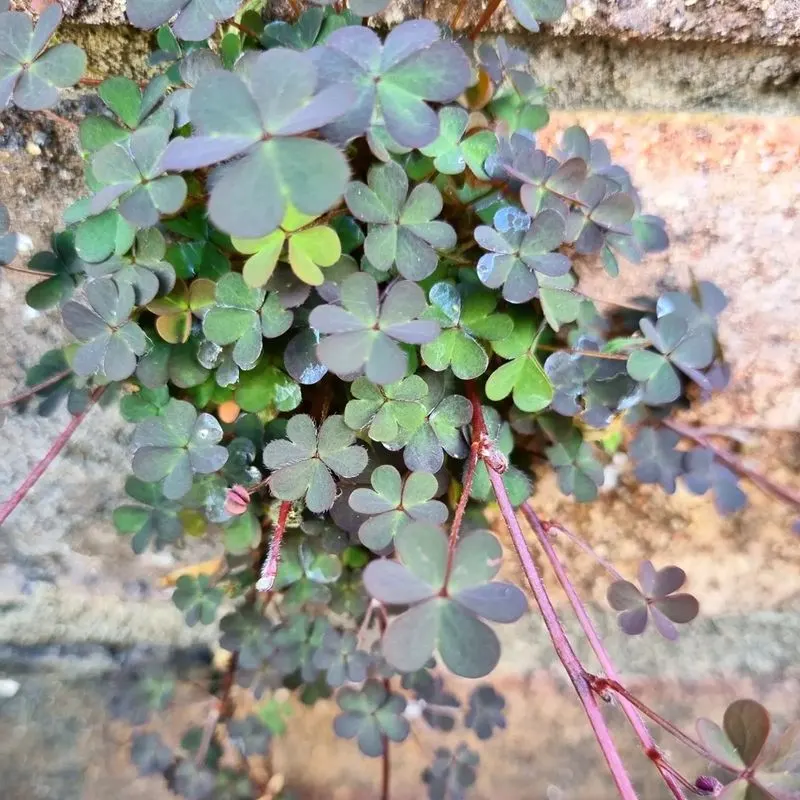
With its tangy, lemon-flavored leaves, wood sorrel is a delightful find in the wild. The plant’s heart-shaped leaves and small flowers add charm to woodlands and gardens. Aside from its culinary appeal, wood sorrel’s presence indicates healthy soil. Its ability to thrive in shaded areas makes it an excellent ground cover option.
Wild Rose
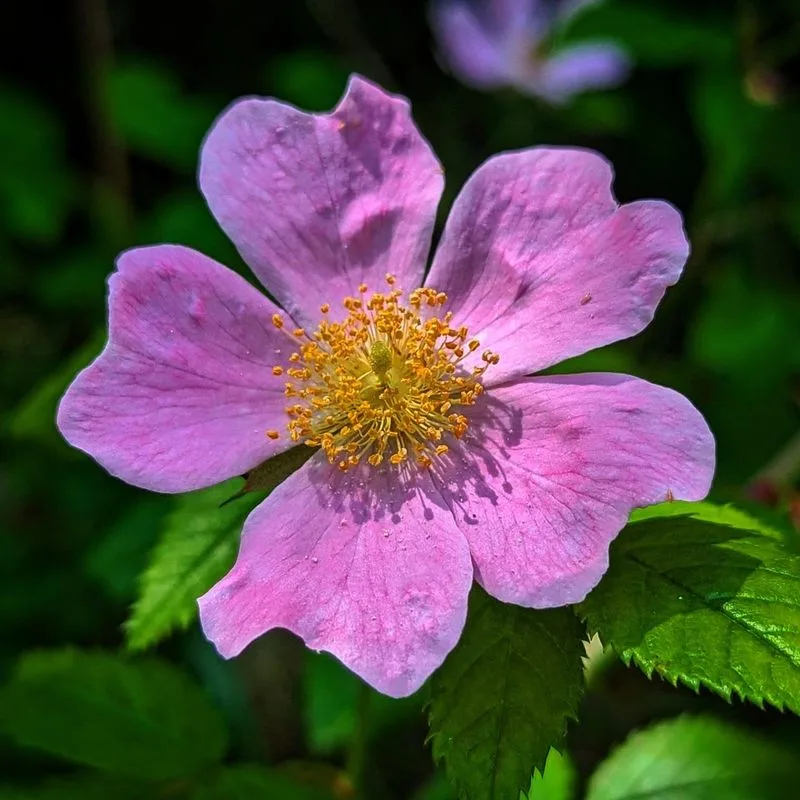
Wild roses bring timeless beauty with their simple, fragrant blooms and thorny branches. These resilient plants thrive in a variety of environments, providing habitat and food for wildlife. Wild rose hips, rich in Vitamin C, are used in teas and syrups, adding nutritional value to their visual appeal. They hold a cherished place in folklore.
Cattail
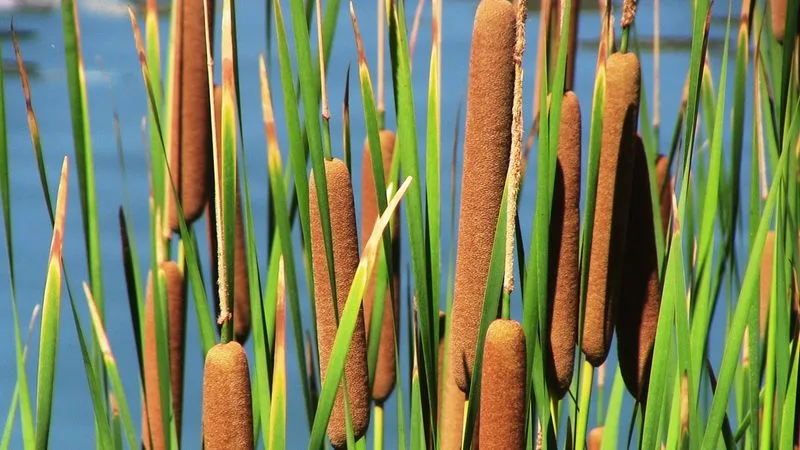
Cattails are a common sight in wetlands, known for their distinctive brown flower spikes. These versatile plants play a crucial role in water filtration and provide habitat for wildlife. Nearly all parts of the cattail are edible, offering resources for sustenance. Their presence indicates a healthy wetland ecosystem, balancing beauty and function.
Lamb’s Quarters
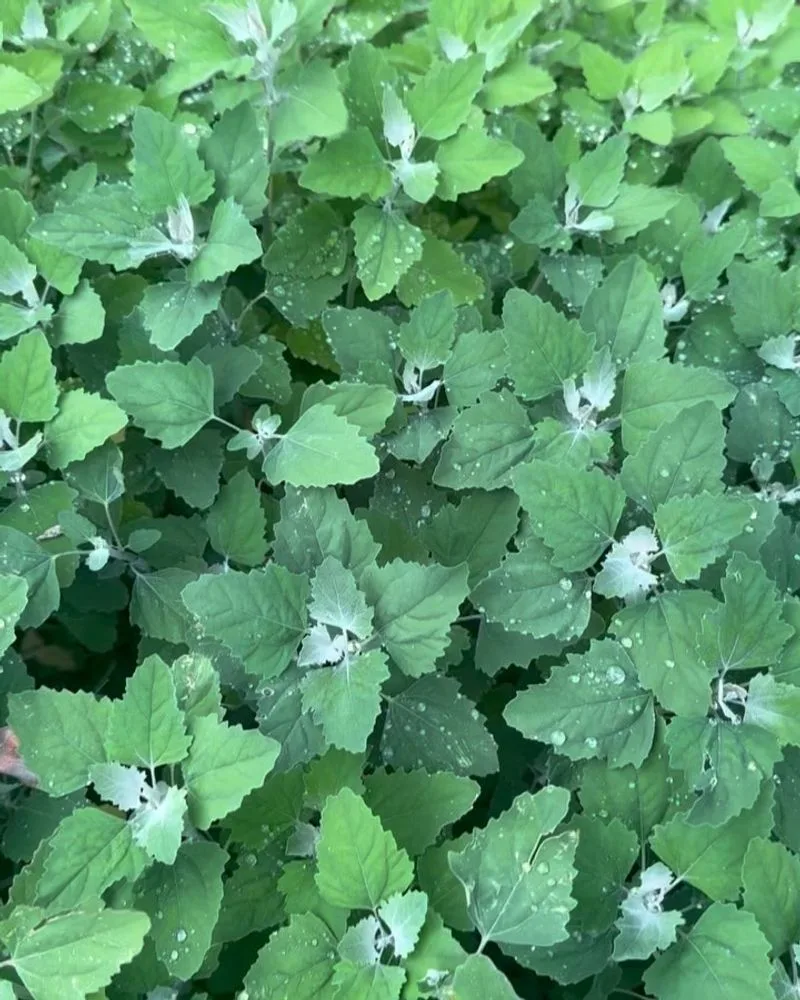
Lamb’s quarters are often found in gardens and fields, easily identified by their silvery-green leaves. This nutrient-dense plant is related to spinach and is a valuable food source. Its adaptability to various soils makes it an effortless addition to garden plots. Lamb’s quarters provide both culinary benefits and soil enrichment, showcasing nature’s generosity.
Goldenrod
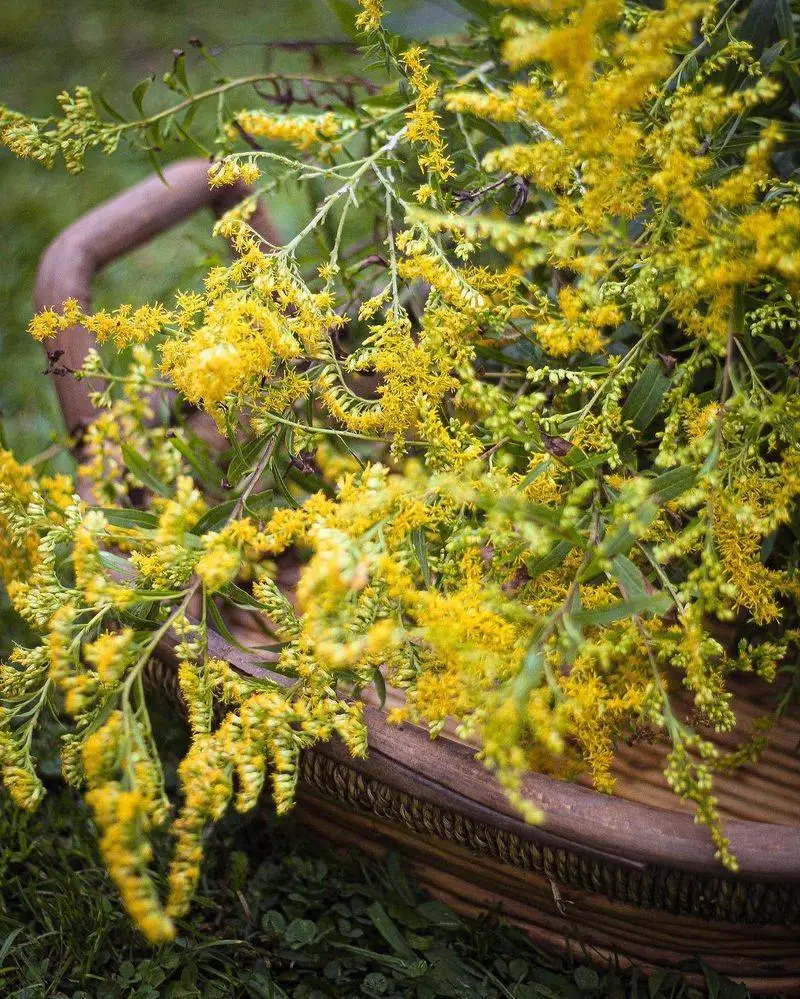
Goldenrod bursts into color late in the season, with its vibrant yellow flower clusters. It’s often wrongly blamed for allergies, but it’s insect-pollinated, not wind. This plant supports pollinators and adds late-season color to landscapes. Goldenrod’s medicinal uses are wide, with applications in teas and tinctures, celebrating its multifaceted role in nature.
Purslane
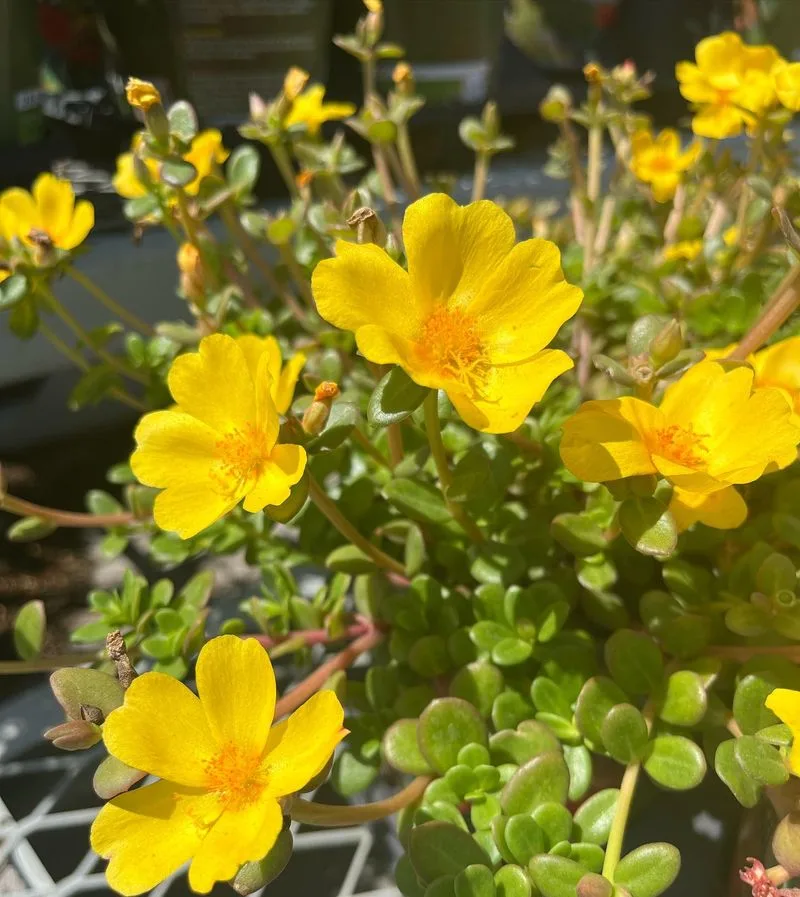
Purslane is a succulent known for its omega-3 rich leaves, offering nutritional benefits often overlooked in the wild. Its fleshy leaves and small yellow flowers thrive in garden beds and cracks in sidewalks alike. Purslane is highly drought-tolerant, making it a resilient choice for gardeners. This unassuming plant proves its worth with both culinary and ecological contributions.
Fiddlehead Ferns
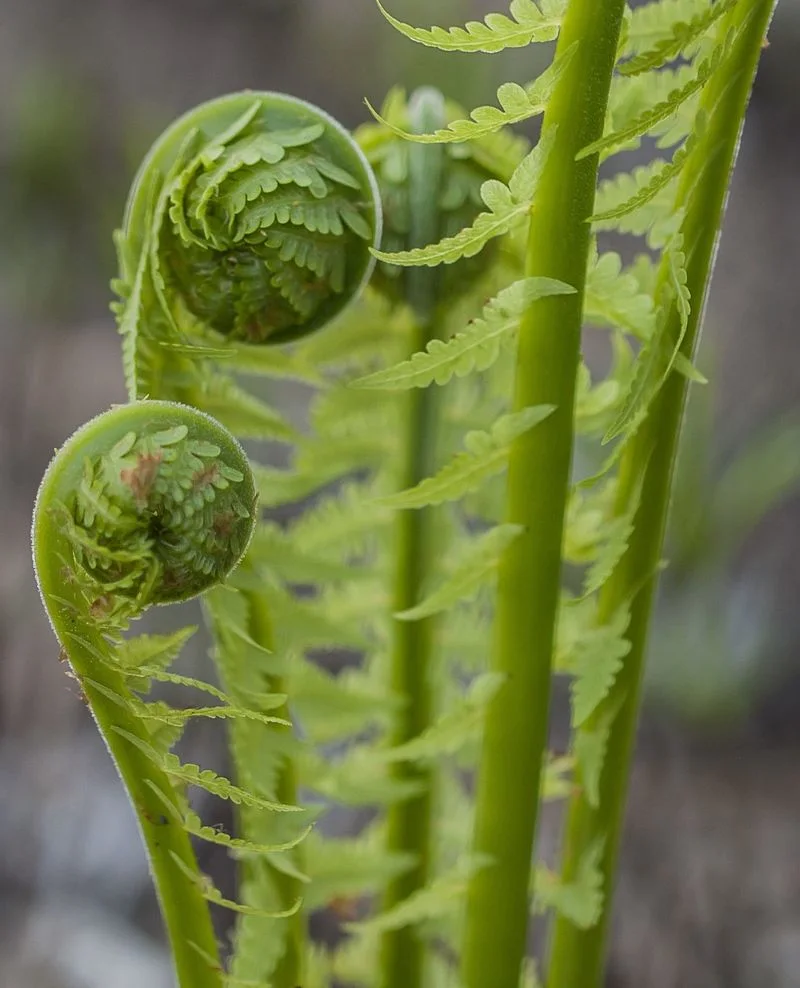
Fiddlehead ferns emerge in early spring, their coiled fronds resembling the end of a fiddle. These young fern shoots are a delicacy, rich in vitamins and minerals. Forests carpeted with fiddleheads offer a glimpse into pristine, untouched ecosystems. Their presence indicates a healthy environment, and their unique form adds intrigue to forested areas.

